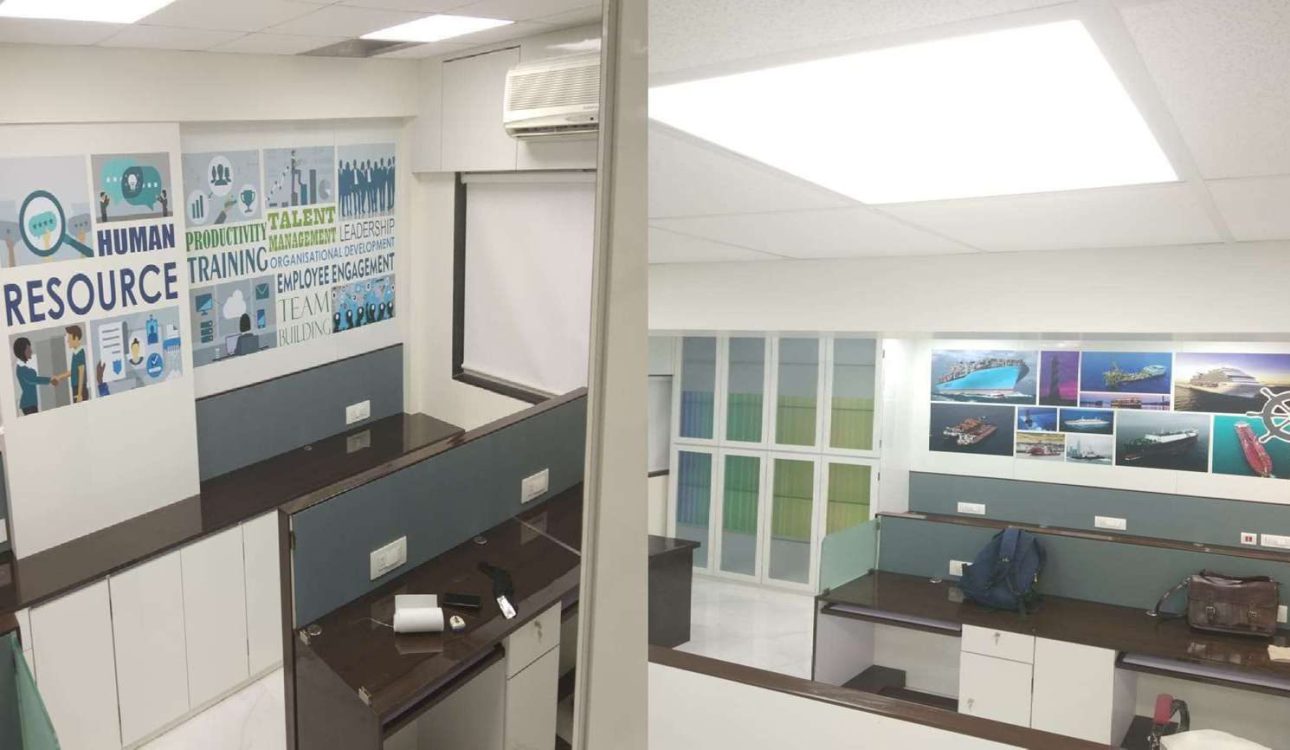In the dynamic world of commercial spaces, interior design stands as a catalyst for transformation, offering a vast spectrum of options that extend far beyond the visual appeal. From crafting brand narratives to fostering productivity and creating memorable customer experiences, commercial interior design is a multidimensional art. Let’s delve into the expansive options that define the limitless possibilities within this realm.
1. Tailoring Spaces to Brand Identity
Commercial interior design is a powerful tool for translating brand identities into physical spaces. It involves a meticulous selection of colors, textures, and layouts that mirror the ethos and personality of the business, creating a harmonious environment.
2. Flexible Workspaces for Modern Dynamics
Embracing the fluidity of contemporary work structures, commercial interior design facilitates the creation of flexible workspaces. From open layouts to modular furniture, the design adapts to the evolving needs of a modern workforce, promoting collaboration and adaptability.
3. Seamless Integration of Technology
The integration of technology is a defining feature of modern commercial spaces. Commercial interior design seamlessly weaves technology into the fabric of the environment, from smart lighting systems to interactive displays, enhancing functionality and user experience.
4. Biophilic Design for Well-Being
Acknowledging the impact of the environment on well-being, commercial interior design incorporates biophilic principles. Green walls, natural light, and nature-inspired elements create spaces that not only look inviting but also contribute to the health and happiness of occupants.
5. Enhancing Customer Experiences
In the retail and hospitality sectors, commercial interior design becomes a tool for elevating customer experiences. Thoughtful layouts, immersive displays, and strategic lighting all play a role in creating an environment that engages and captivates customers, extending beyond mere transactions.
6. Customization for Unique Identities
Commercial spaces are diverse, and interior design allows for customization to suit unique identities. Whether it’s a boutique hotel, a tech startup office, or a chic restaurant, customization ensures that the interior aligns with the specific needs and character of the business.
7. Maximizing Functionality in Limited Spaces
In urban environments where space is at a premium, commercial interior design excels in maximizing functionality. Clever storage solutions, multifunctional furniture, and innovative layouts ensure that every inch is optimized for efficiency without compromising aesthetics.
8. Creating Collaborative Hubs
Collaboration is at the heart of many businesses, and commercial interior design fosters this by creating collaborative hubs. From open-plan offices to designated brainstorming areas, the design encourages interaction and idea exchange among team members.
9. Trending Materials and Finishes
Staying attuned to design trends, commercial interior design incorporates innovative materials and finishes. From sustainable options to the latest in texture and color trends, designers have a vast palette to choose from, ensuring that spaces remain contemporary and appealing.
10. Sustainable and Eco-Friendly Designs
In an era of environmental consciousness, commercial interior design places a premium on sustainability. Designers explore eco-friendly materials, energy-efficient solutions, and sustainable practices to create spaces that are both aesthetically pleasing and environmentally conscious.
In conclusion,commercial interior design is a canvas where creativity knows no bounds. It goes beyond aesthetics, shaping environments that tell stories, foster productivity, and create lasting impressions. It’s a dynamic field that adapts to the changing needs of businesses, ensuring that each space is not just functional but also reflective of the brand’s essence. The options are indeed boundless, inviting designers to explore, innovate, and redefine the landscapes of commercial interiors

